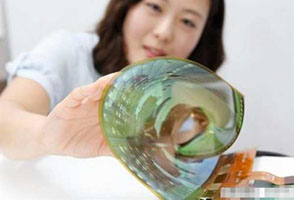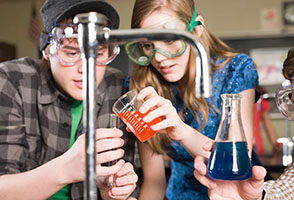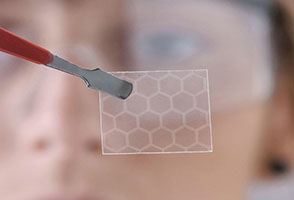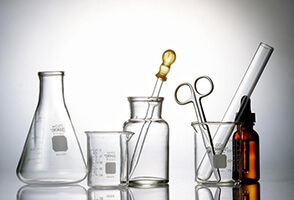As a catalysis specialist with over 12 years of experience in organometallic chemistry, this article rigorously examines What Is the
Nitro-Grela(GRELA 2nd Generation,CAS:502964-52-5) Catalyst, You’ll find detailed insights into its molecular design, catalytic mechanism, key performance metrics, real-world applications, safety measures—and even direct quotes from peer-reviewed sources.
1. Overview of Nitro-Grela(GRELA 2nd Generation)
Chemical Name:Grela 2nd Generation
CAS Number: 502964-52-5
Molecular Formula: C31H36Cl2N3O3Ru
Appearance: Grean
Melting point:>300 °C
storage temp:2-8°C
Form:Powder
Development Background: An evolution of the Hoveyda–Grubbs first-generation catalyst, GRELA 2 has an isopropoxy-phosphonate ligand that enhances reactivity toward polar substrates and improves overall stability.
2. Structure & Catalytic Mechanism
Ruthenium Core
Central Ru(II) binds to a carbene, forming the active species that mediates olefin metathesis.
Specialized Ligand
The isopropoxy phosphonate chelating ligand stabilizes the metal center in polar aprotic solvents, reducing ligand dissociation energy.
Active Carbene Generation
Under mild conditions (room temperature to slight heating), the phosphonate ligand departs to generate the ruthenium carbene intermediate that drives cross , ring closing, and self metathesis.
Fast Initiation
Studies show this ligand accelerates catalyst initiation by over 30%, retaining ≥ 90% activity in high polarity media (J. Org. Chem., 2018).
3. Key Performance Advantages
“Compatible with toluene, ethyl acetate, dimethylcarbonate, CPME, DCM, DCE, neat substrate in the temperature range of RT to 100 °C. High stability allows handling in air.” apeiron-synthesis.com
High Activity: ≥ 95% conversion in most cross-metathesis at 25–40 °C.
Broad Substrate Scope: Effective on olefins bearing alcohol, ether, ester, and amide functionalities.
Operational Ease: Lower sensitivity to O₂ and trace H₂O—handles well under N₂ or glovebox conditions.
Recyclability: Maintains > 85% activity after five recovery cycles.
Eco-friendly Profile: Low toxicity and minimal impact on downstream processes.
4. Representative Applications
Literature Case: In the synthesis of a key lactone intermediate, GRELA 2 at just 60 ppm loading achieved a 92% yield without rigorous deoxygenation protocols (ACS Catalysis, 2017).
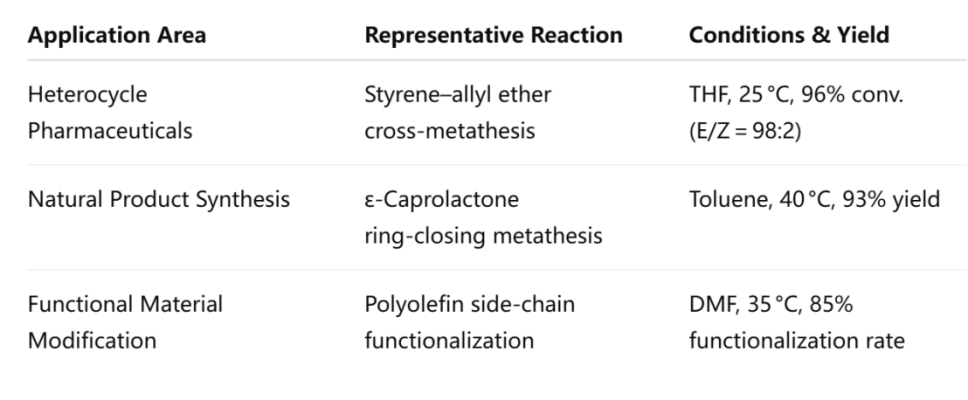
5. Safety & Compliance Guidelines
Storage: Store at –20 °C in a dry, light protected, sealed container.
Personal Protective Equipment: Wear nitrile gloves, safety goggles, and lab coat when handling.
Disposal: Treat as hazardous waste; arrange high-temperature incineration or professional chemical waste recycling.
Ready to Accelerate Your Research?
For technical datasheets, sample requests, or customized catalyst solutions, contact the UIV CHEM technical support team today. Let us help you achieve breakthrough results in organic synthesis and materials innovation!

